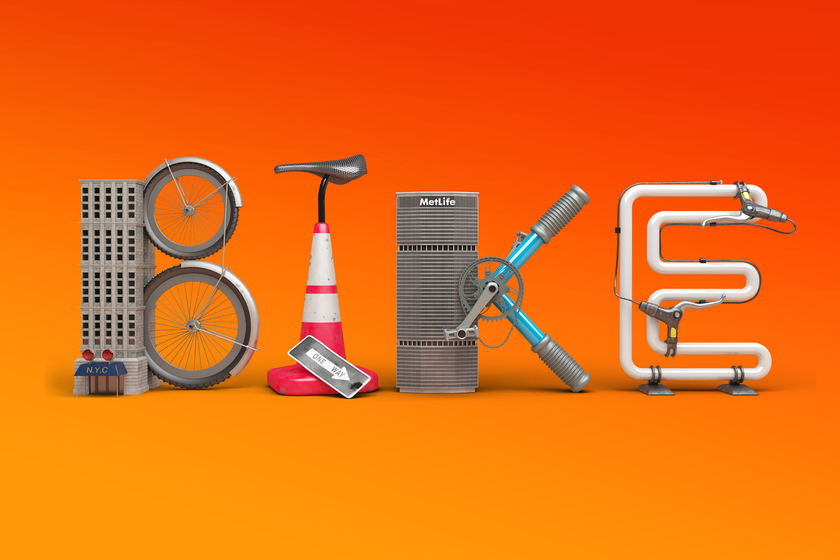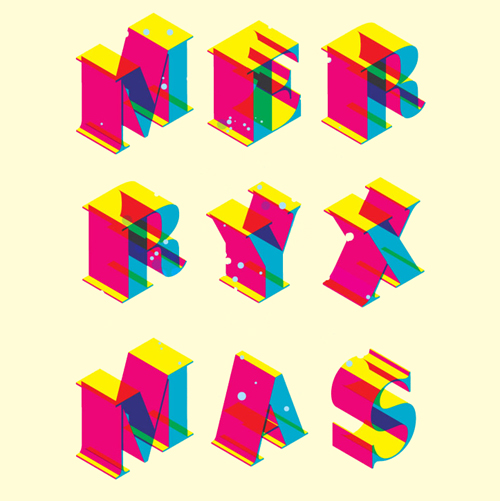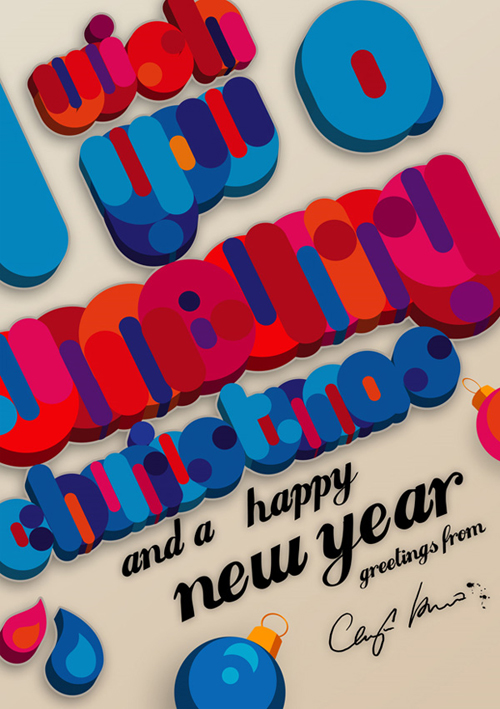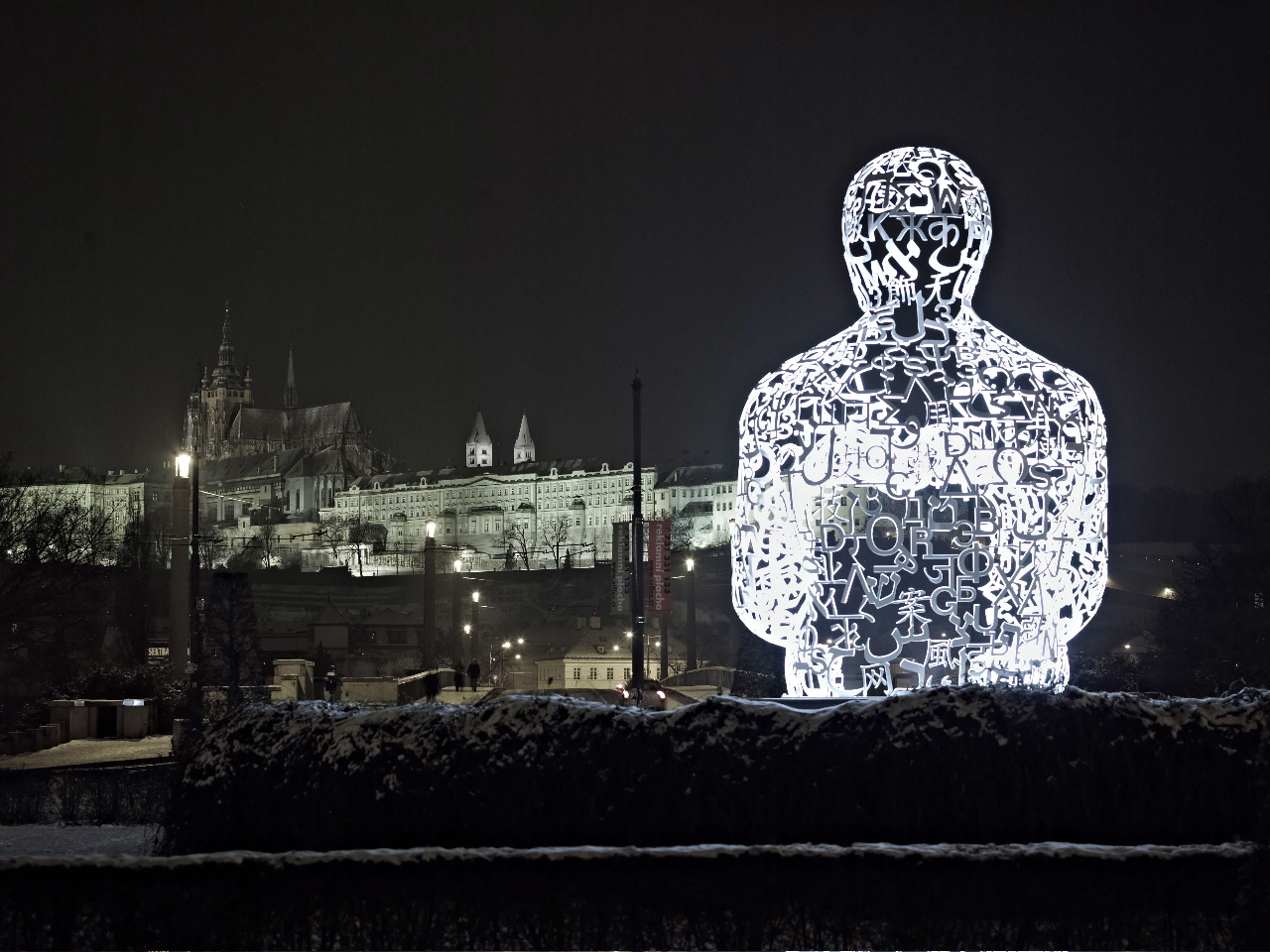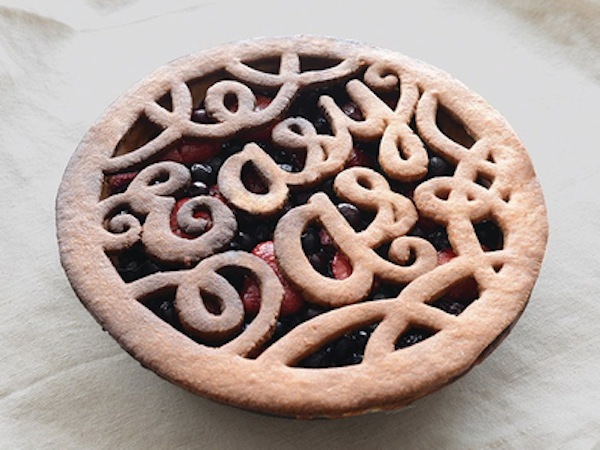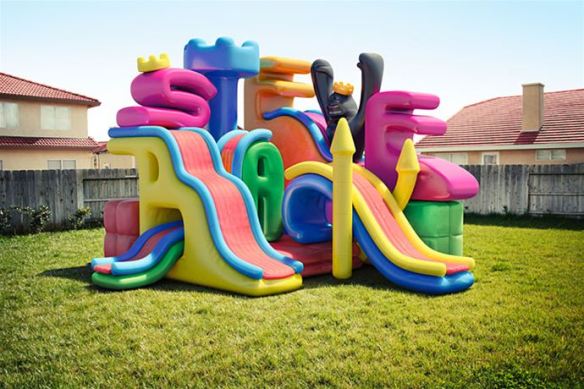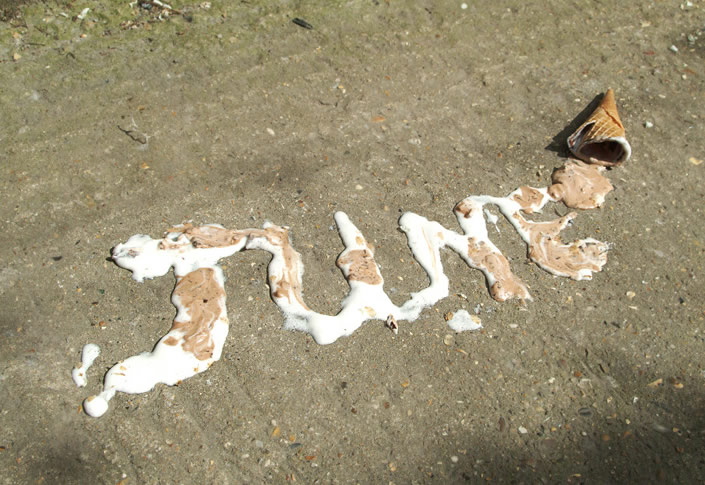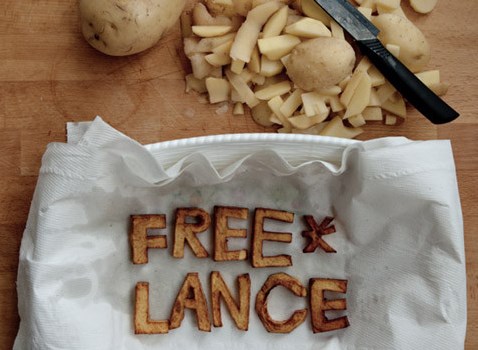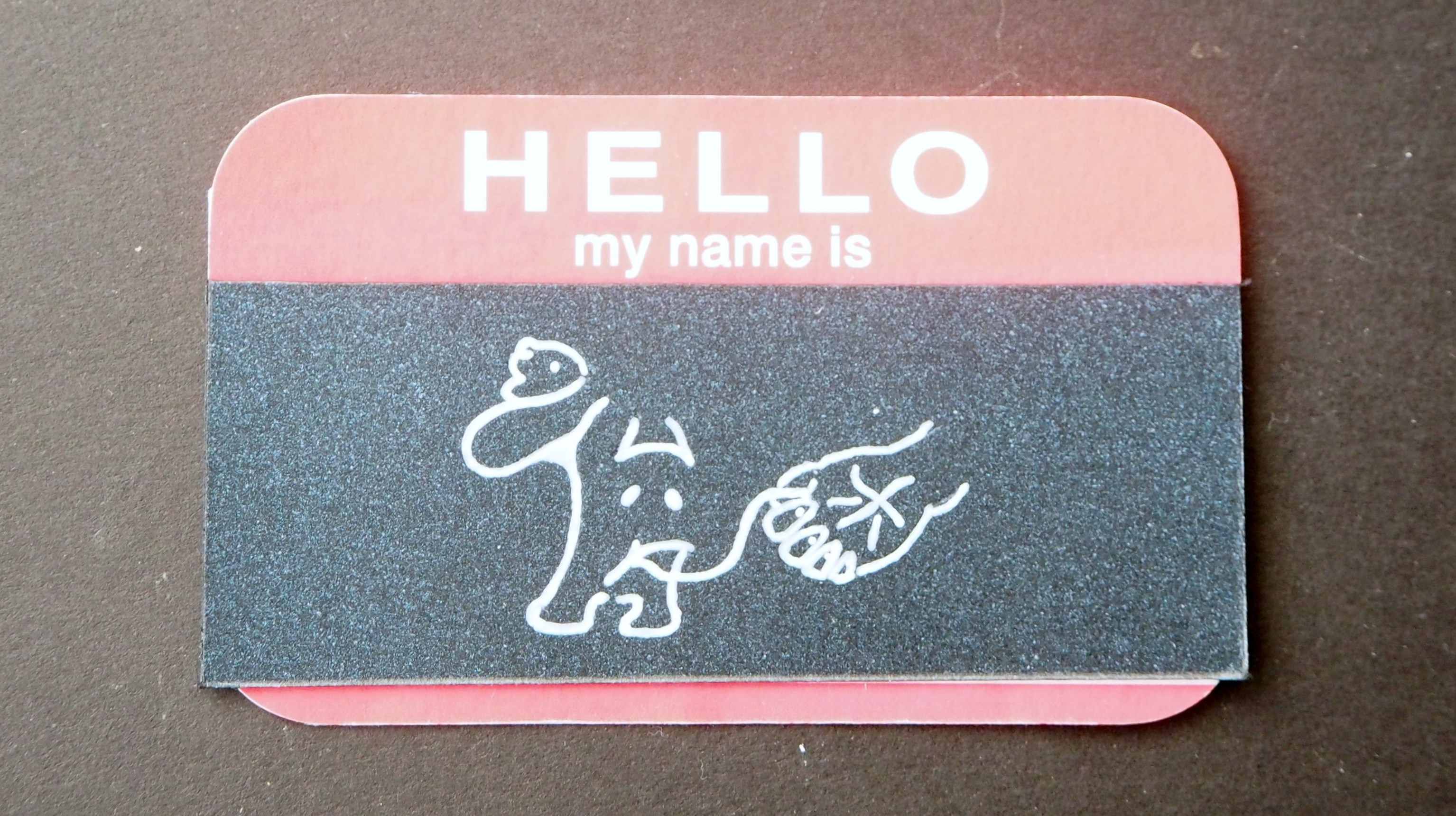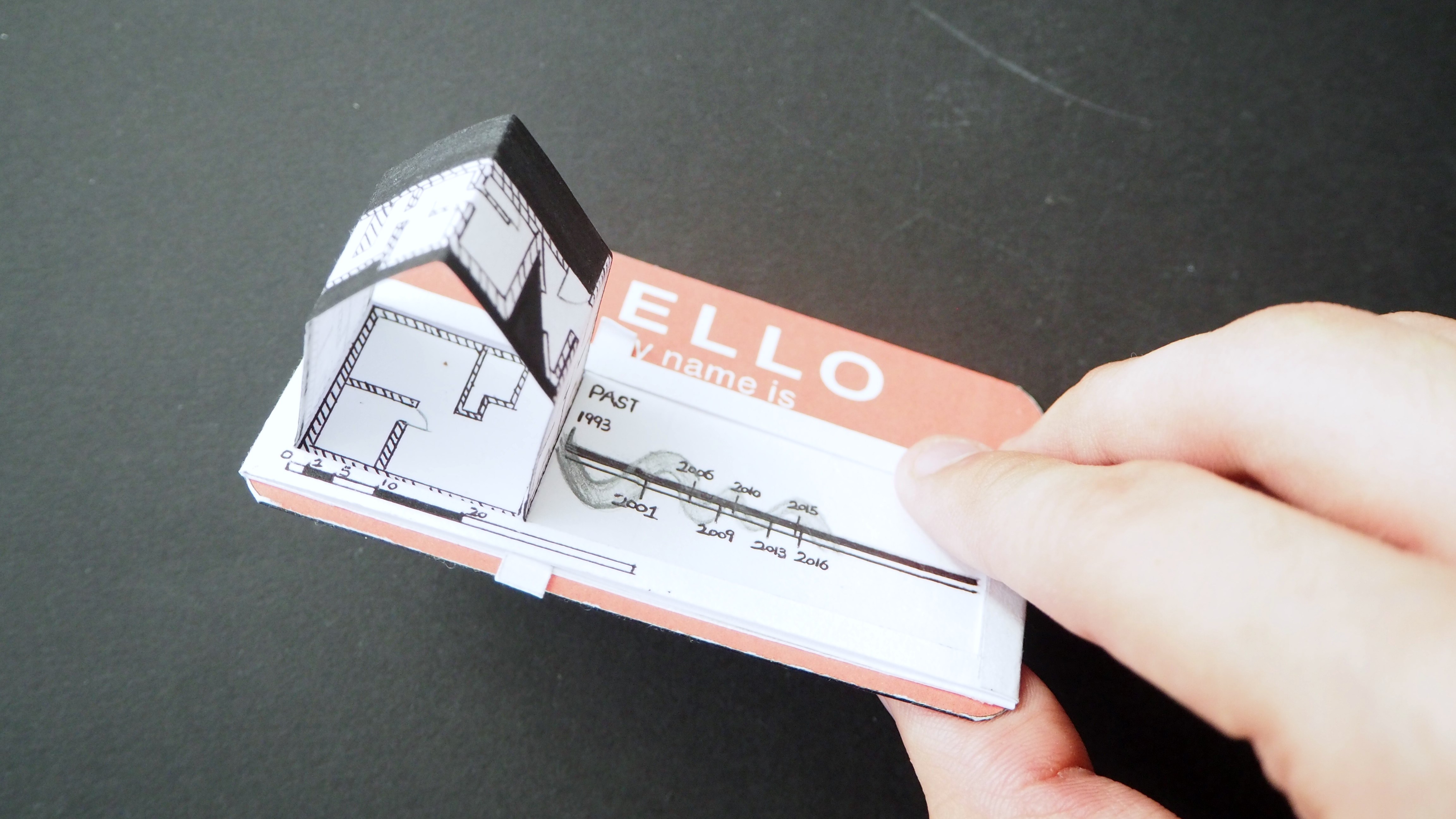Week 3 -28 Jan 2016
Hello there! ^^
The weekend is here again and we are a week closer to submission!
I hope everyone is doing well ~ ?
Once again, Thank you Miss Joy for spending your valuable time to advise us, I’m sure we really do appreciate it. ??
While working on various ideas for Project 1 and having Miss Joy look through the sketches, I realised that there are more areas which can be further explored. ?
With reference to last week OSS update, I researched on the use of Typography by Dan Fleming on animals. Although the artwork seems to be too literal, I was really impressed by how Dan Fleming made use of ‘Simplicity’ in his design. This includes – the Arrangement of Text, Font Size and the Contrasting Colours used.
Prior to the Artist Reference, I went to research more on Awesome Artists who illustrate Animalistic Typography. The Artists are as followed,
- Casey Girard

Her use of Animalistic Typography involved the use of Animal bodies, whose names start with the letter they represent, to form the letters of the alphabet.
- Marcus Reed

Very similar but very differently to Casey Girard Animalistic Typography, Marcus Reed positioned the animals in the way that is more realistic, more logical.
In the example below, both artists made use of Giraffe for the letter ‘G’. Casey Girard illustration looks more Surreal whereas Marcus Reed Animalistic Typography seems to be more realistic.
Another example below, I’d like to share is the letter ‘Z’. Instead of playing with the idea of Repetition – Twisting, Deforming and Compressing the Animal around to form a desirable shape why not the idea of ‘Reflection’ in Marcus Reed illustration?. I find this research helpful for my composition because I get inspired and I want it to be as real as possible. This is something that I would like to achieve – Realizing the Actual Environment.
- Taras Makar

Lastly, we have Taras Makar Animalistic Typography, which is also referred as ‘Animal Calligraphy’. – Basically the use of wordings to form the shape/outline of the animal.
Alright! Back to explaining my concept. ^^
Initially, I wanted to include the 3D element in my Project 1 [See Example under ‘Construct’] but I decided to try out something Fresh (Never try before) instead.
As I was drafting out my concept, I find this Project similar to our previous project we took in Semester 1 – Ego. I wonder how similar or different can these two projects get.
My concept for Project 1 involved the idea of representing myself in the form of wild animals in the nature environment.

During the consultation, I was given useful examples and pointers to further strengthen my concept. ^^ Below are some of my findings.
Anthropomorphism
Definition: Human attributes that is made resemblance to a Non-Human object.
Examples:
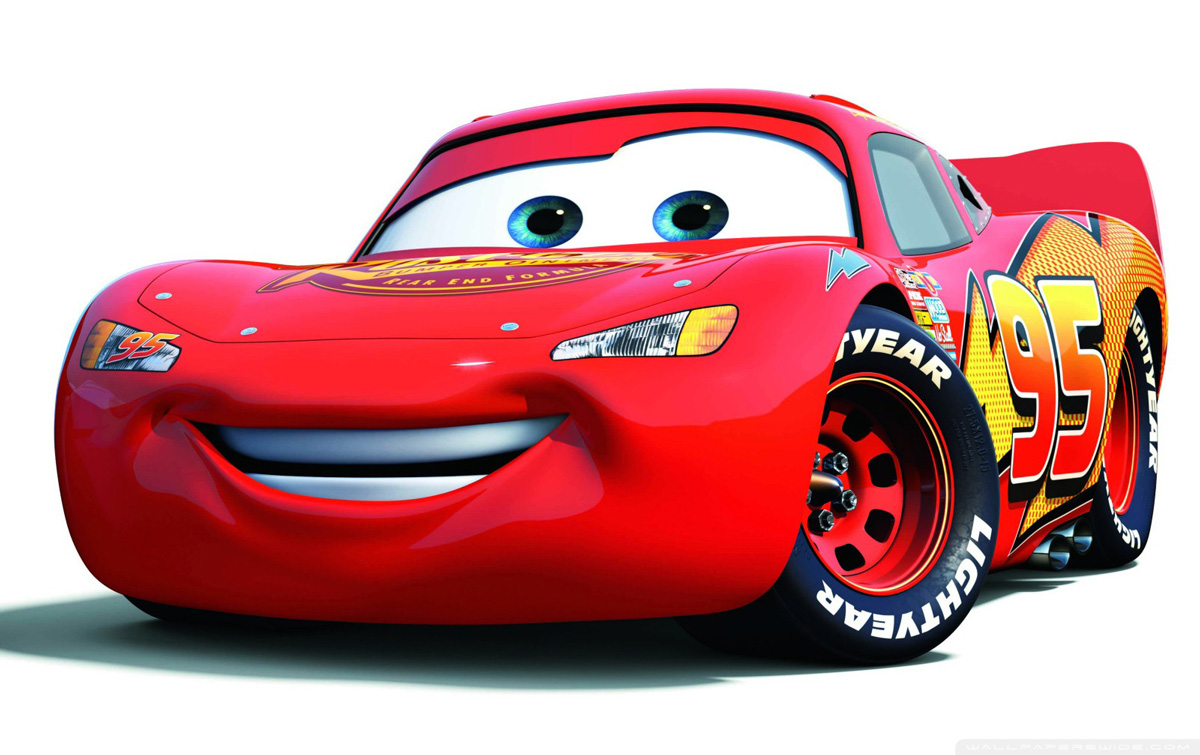

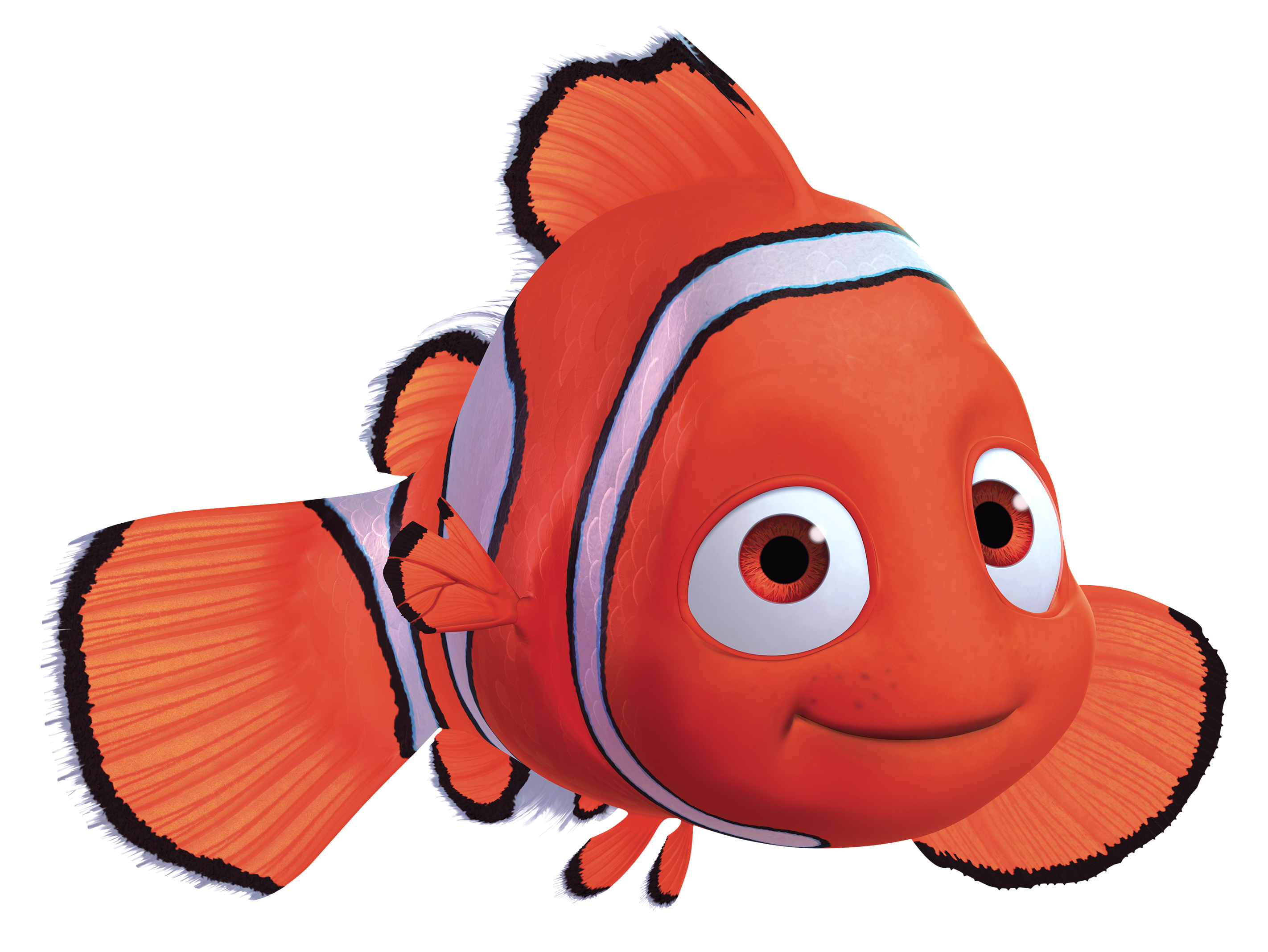
Anthropomorphism Art
Where? : Comes from two Greek words; άνθρωπος (anthrōpos), meaning “human,” and μορφή (morphē), meaning “shape” or “form.”
What? : The Attribution of Human Characteristics and Qualities to Non-Human Beings, Inanimate objects, Supernatural Phenomena, Etc.
Who? : It can be anything from Animals to Forces of Nature to Unseen Objects
Examples:
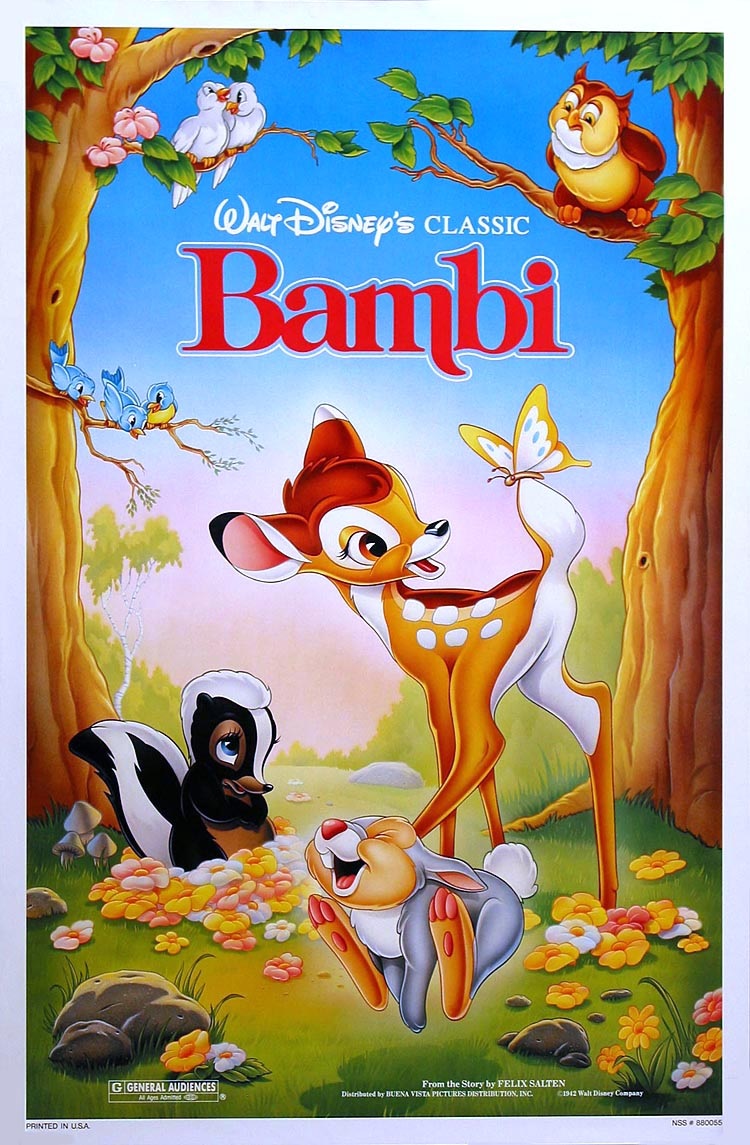


More Artists References on Anthropomorphism
- Ryan Berkley
 In the artworks above by Ryan Berley, various animals were used to depict the attributes of the Human-Being. For example, we can relate that Bear denotes ‘Strength & Confidence‘ and Donkey describe someone who have a independent personality.
In the artworks above by Ryan Berley, various animals were used to depict the attributes of the Human-Being. For example, we can relate that Bear denotes ‘Strength & Confidence‘ and Donkey describe someone who have a independent personality.
- Liu Xue
 On the other hand, we have Liu Xue Anthropomorphic Sculpture. I find his use of Anthropomorphic interesting because of the way he replace the ‘human parts’. In most of Anthropomorphic arts, I researched on, usually the human head will be replaced by that of an animal. However, in the case of Liu Xue artwork, he replaced the lower portion of the Human instead.
On the other hand, we have Liu Xue Anthropomorphic Sculpture. I find his use of Anthropomorphic interesting because of the way he replace the ‘human parts’. In most of Anthropomorphic arts, I researched on, usually the human head will be replaced by that of an animal. However, in the case of Liu Xue artwork, he replaced the lower portion of the Human instead.
I find it amazing and creative! I really love his works. ?
With reference to the above artists, it seems that Anthropomorphic Arts play along with the idea of ‘Dada‘ in it. The concept of merging a human together with a animal produce a hybrid weird creature. However, as strange as it might get, Anthropomorphic Arts certainly convey the emotions of the Human-Being.
Interesting Find! ?
More Readings:
John Berger: Why Look At Animals?
John Berger: Essay on ‘Why Look At Animals’ PDF
Basically, the relationship between Human and Animals have changed overtime as compared from the past to the modern day now. The drastic change was due to the gradual involvement in Human activities such as Modernization, Industrialization, Demands, Tourism etc. For example, animals that are supposed to nurture in the wilderness have lost their ability to do so when kept enclosed in a zoo.
The End of Part 3. (=
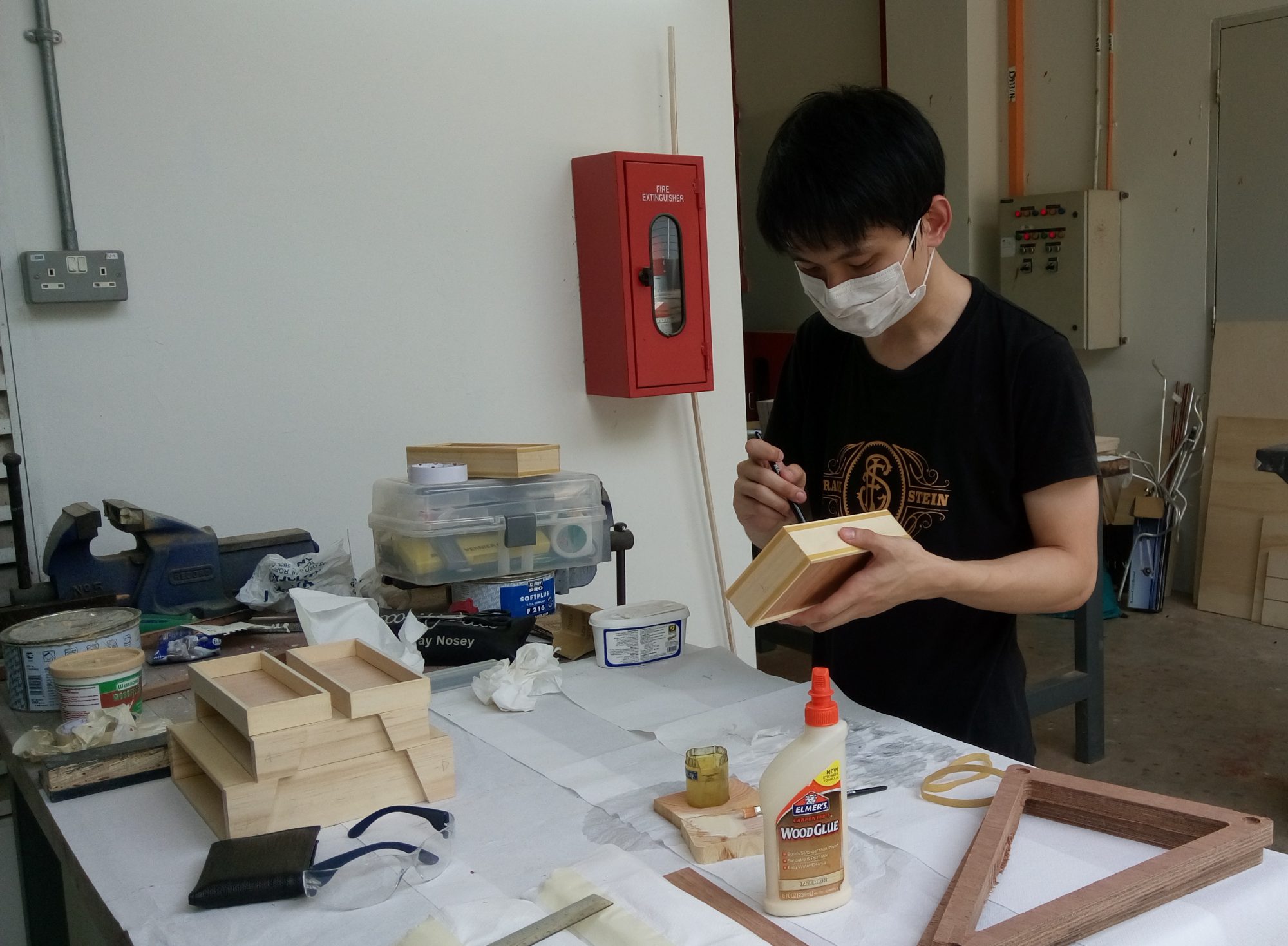




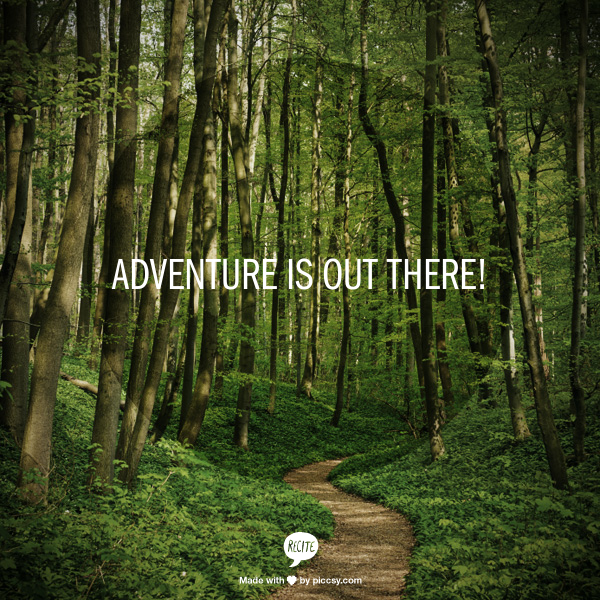


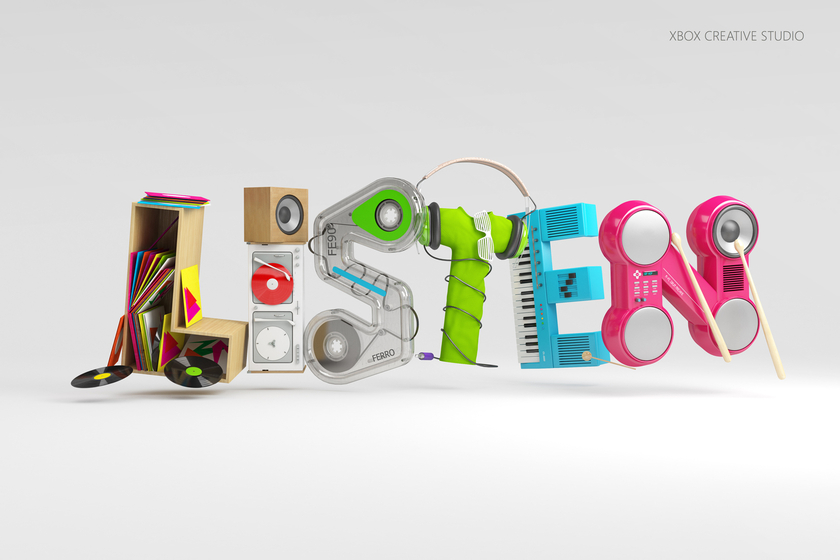


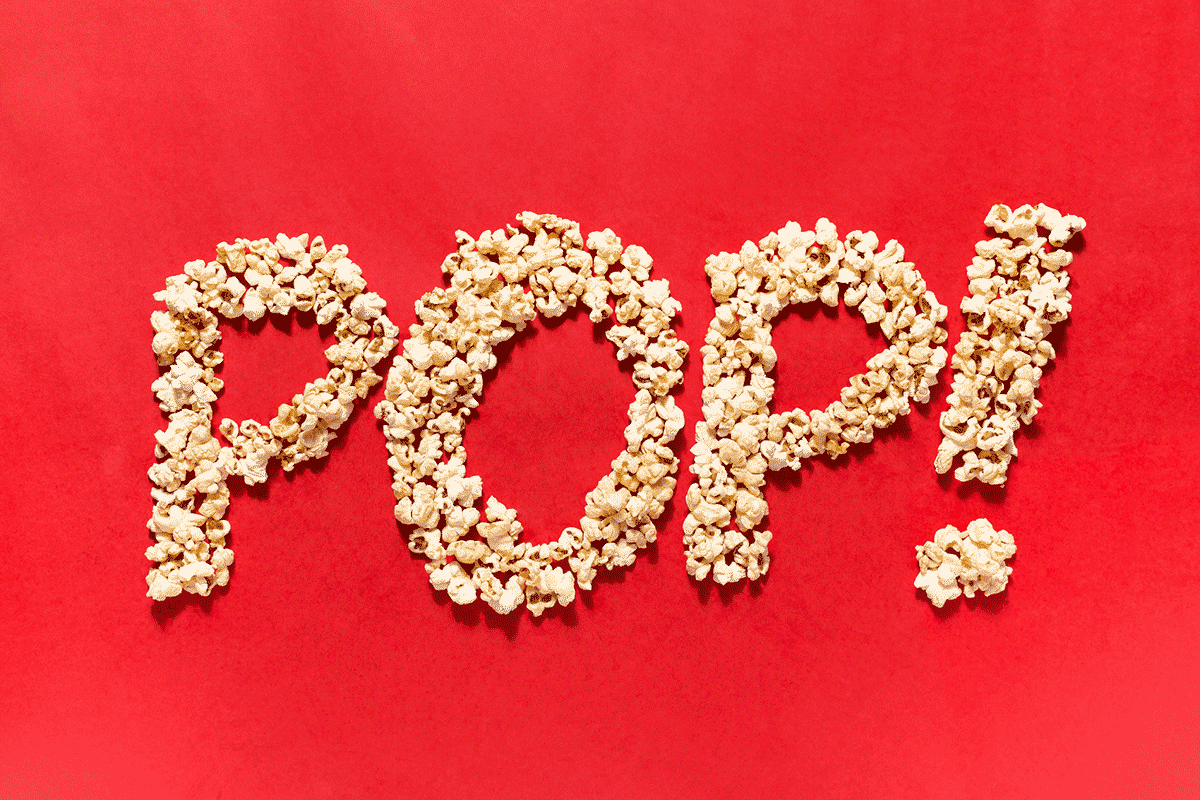
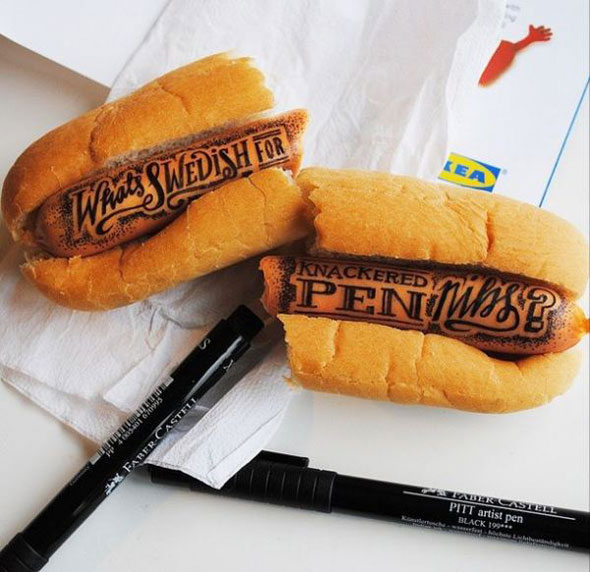
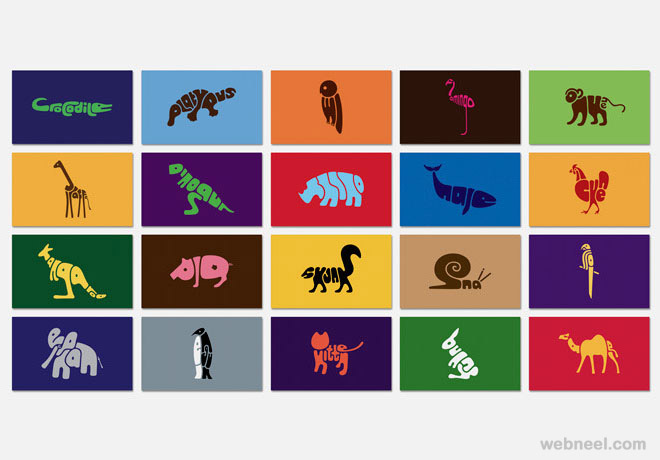
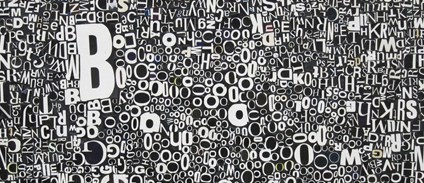
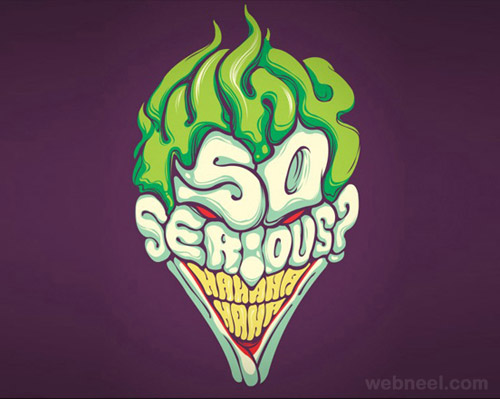

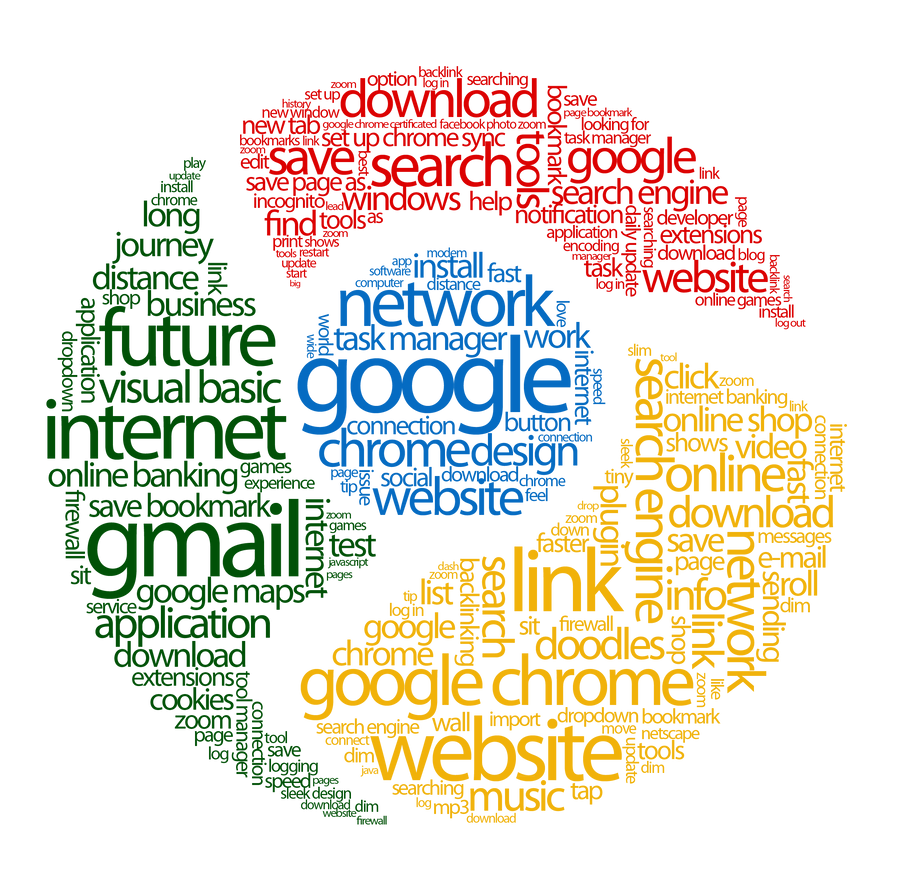


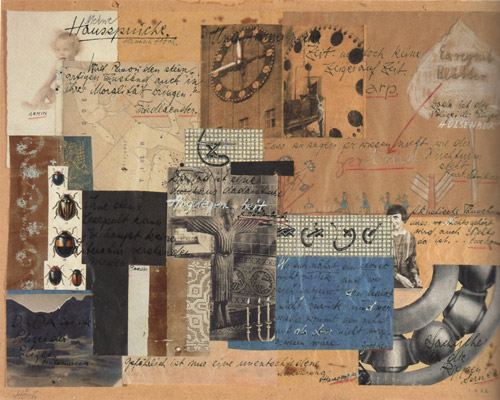
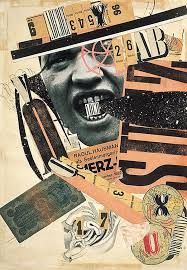
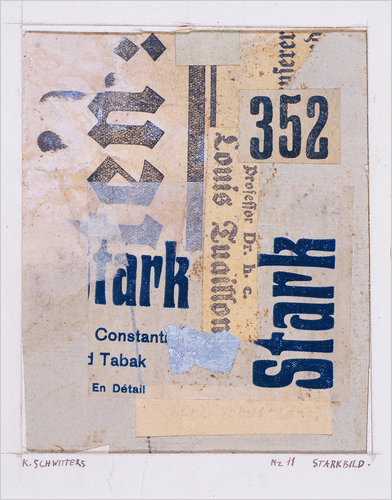
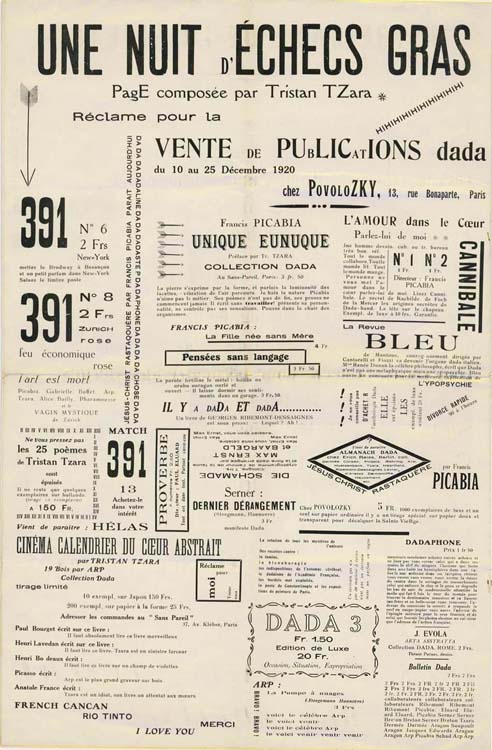
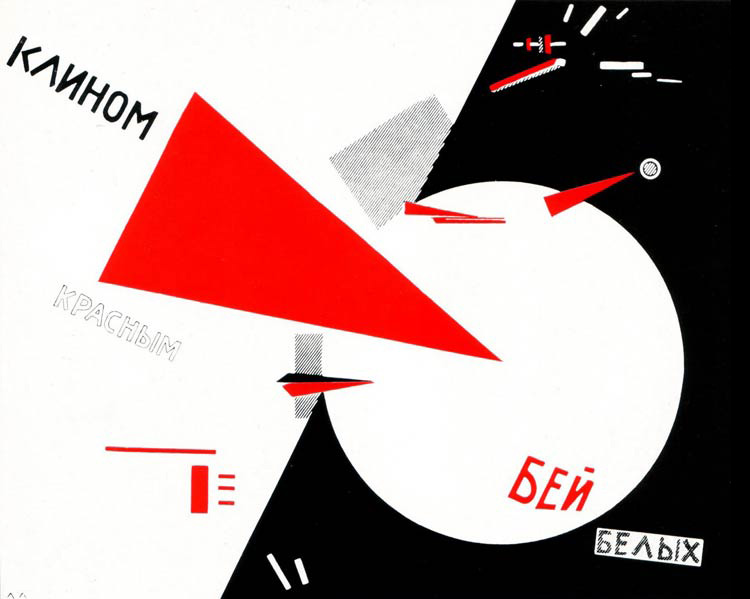
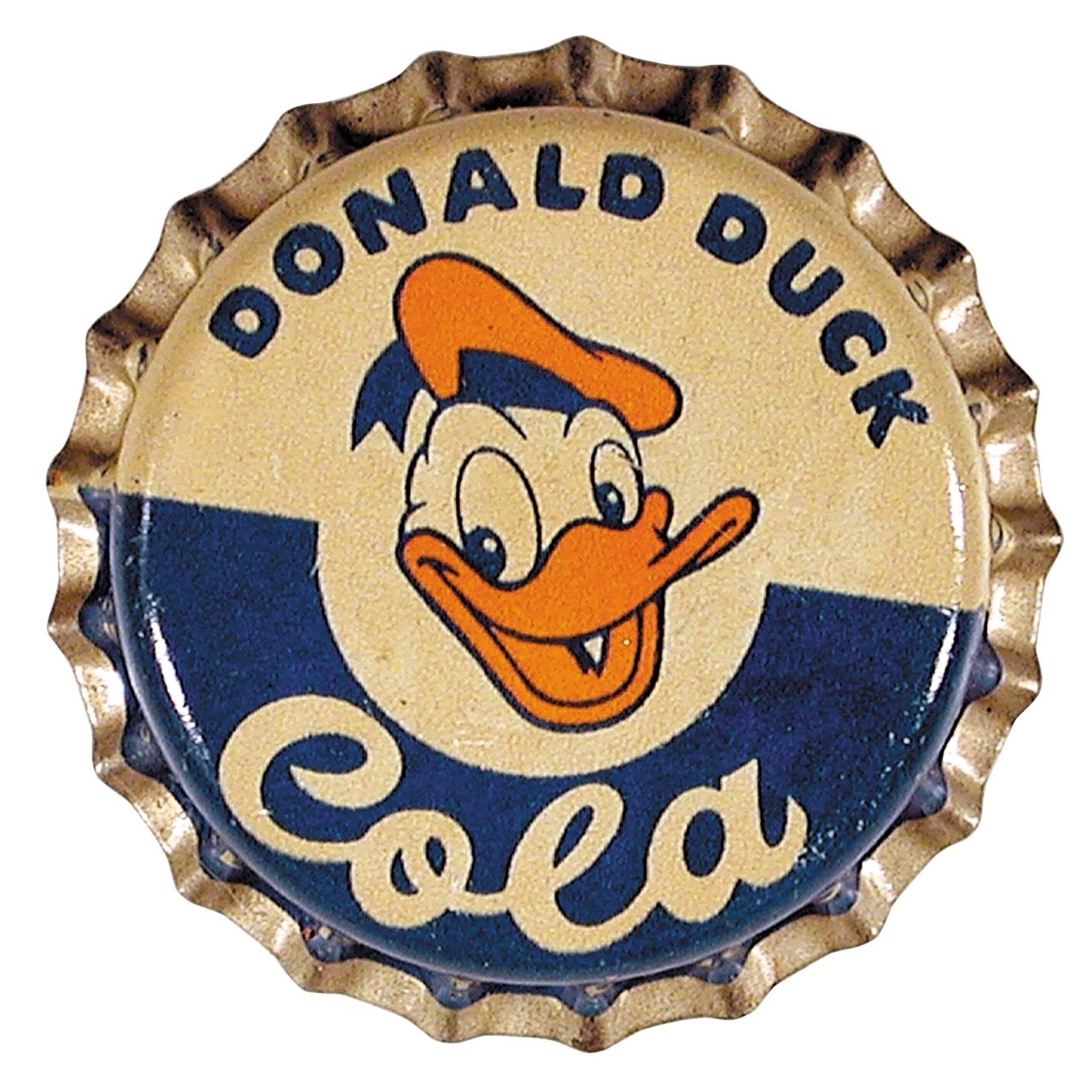

.png)
.png)

